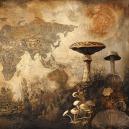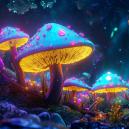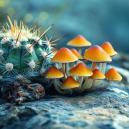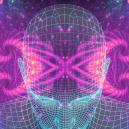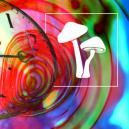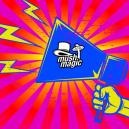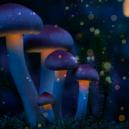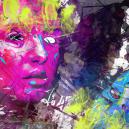What Is A Psychedelic Experience?
Published : August 1st, 2022

Psychedelic drugs are undergoing a renaissance in both culture and medicine, especially as cannabis reform sweeps the planet. But how does one describe the experience of taking these drugs—scientifically, philosophically, and religiously? And what potential does the psychedelic experience have for the human condition?
Psychedelic experiences have long been viewed with scepticism or outright judgement, but the modern era is proving that not only are these experiences generally not life-threatening, but they may open up therapeutic opportunities as well.
The second and third decades of this century are likely to be known as the period when psychedelic drugs finally regained their legitimacy. Even today, the so-called psychedelic experience is no longer dismissed as the lonely retreat of dropouts, or a topic solely for the realms of academic investigation, but is being considered a vital tool in clinical practice. Indeed, psychedelic therapy is becoming increasingly mainstream.
This is a drastic change from how such drugs have previously been viewed. Writers have popularised the use of psychedelics at various times throughout history—most recently the 1960s and 1970s. After this period, the "war on drugs" essentially criminalised these substances everywhere, except in specific places such as Israel, where the first modern psychedelic research was performed to understand how they actually work in a medical and scientific sense.
Below, we take a look at what characterises the psychedelic experience, the different substances that give rise to such phenomena, and the religious, philosophical, and scientific implications of these experiences.
WHAT ARE PSYCHEDELIC DRUGS?
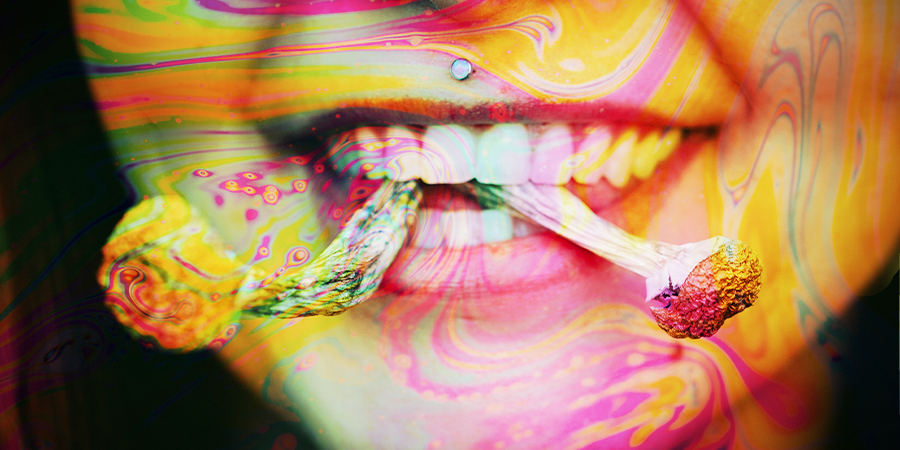
Psychedelic drugs fit into a broad category of substances known as hallucinogens.
These drugs produce changes in perception, mood, and cognitive processes, and affect all of the senses—from time perception to vision. At their most extreme, they can cause people to hallucinate; in other words, to see or hear things that do not really exist.
Commonly used psychedelic substances include:
- LSD: Lysergic acid diethylamide is made from a fungus that infects rye. This is considered one of the "classical" psychedelics given its effects profile and cultural significance.
- Psilocybin: Another classical psychedelic, psilocybin is the compound found in magic mushrooms. This then converts to psilocin in the body, which gives rise to a psychedelic experience. Psilocybin mushrooms can be found all over the world, and have been used across history and cultures.
- Mescaline: This classical psychedelic is derived from Mexican peyote and San Pedro cacti, to name but two examples. It also has a long history of spiritual use in the American Southwest and Mexico.
- DMT: Rounding out the classical psychedelics category is dimethyltryptamine—the active compound in the famous ayahuasca concoction. This is considered by some to be the strongest psychoactive drug in the world, as it is capable of inducing visions and communions with otherworldly beings.
- Ketamine: Used recreationally as a party drug, studies are beginning to indicate that when dispensed under medical supervision, ketamine can be used to affect serious depression and other mood disorders.
- MDMA: “Ecstasy” is a famous party drug, renowned for increasing feelings of love, empathy, and connectivity. There is much promising research into its potential applications in a therapeutic setting.
WHAT ARE THE EFFECTS OF PSYCHEDELIC DRUGS?
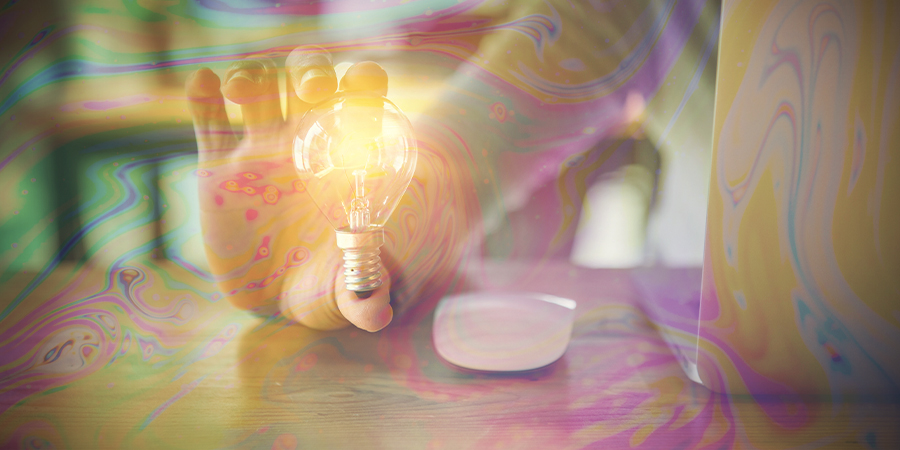
No matter how demonised these drugs have been, there is a lot of misinformation surrounding psychedelics. Compared to many other drugs, even legal, medically prescribed drugs, many psychedelics come with a low risk of dependence or addiction, with the exceptions of ketamine and MDMA. Further, many of them have been used for therapeutic and spiritual reasons by native peoples for thousands of years.
Though psychedelics can generally be considered “safe”, they still pose a significant risk if abused. LSD has unbelievably strong psychological effects, and ketamine and MDMA can have very dangerous physical effects.
Generally, the effects of this diverse group of drugs alter a person’s awareness of their surroundings, as well as their thoughts and feelings. The idea of a “trip” or “psychedelic experience” encompasses various commonly experienced sensations, including both intensified feelings and sensory phenomena, such as seeing brighter colours, hearing deeper sounds, and perceiving that time is passing either extremely slowly or very quickly.
From a physical perspective, there is no one set of effects characteristic to psychedelics. Generally, the classical psychedelics—psilocybin, mescaline, LSD, and DMT—have very few physical effects. Ketamine and MDMA, on the other hand, each have their own, very pronounced set of physical effects.
WHY IS IT CALLED "PSYCHEDELIC"?
The term “psychedelic” was coined by Humphry Osmond, a psychiatrist, who used the phrase while corresponding with Aldous Huxley. It is derived from the Greek words "psyche" (mind) and "deloun" (make visible, reveal). Therefore, we could say that psychedelic means to "reveal the mind".
Interestingly, the term "trip" was first coined by US Army scientists in the 1950s when they ran experiments with LSD.
WHAT IS THE PSYCHEDELIC EXPERIENCE?

A psychedelic experience describes a temporary altered state of consciousness, usually achieved by using a psychedelic substance. Such experiences can be extremely pleasurable—or they can be quite terrifying.
A notable aspect of psychedelic experiences is visual alteration. Users frequently experience the spontaneous formation of complex, flowing, and geometric patterns overlaid with objects in the physical environment. When eyes are closed, this translates into a distortion of the “inner world”—namely, a person’s consciousness.
This experience is not necessarily hallucinogenic—wherein a person partially or completely “reimagines” their surroundings—but such experiences do occur, particularly at higher doses, or with DMT.
A RELIGIOUS PERSPECTIVE
The drugs used to trigger psychedelic experiences include naturally occurring substances that have been used traditionally by various groups and individuals, including Mesoamerican tribes, Asian cultures, and shamans and druids.
Alan Watts, the British writer, likened the psychedelic experience to the transformations of consciousness undertaken in Taoism and Zen. Watts describes the experience as being like the “correction of faulty perception or the curing of a disease… not an acquisitive process of learning more and more facts or greater and greater skills, but rather an unlearning of wrong habits and opinions".
LEGALIZATION ATTEMPTS USING RELIGION
Thirty to forty years ago, the American Civil Liberties Union was the only national group in the United States advocating for the religious freedom of Native Americans to use peyote. As legalization of cannabis has spread, so have attempts to legalize other psychedelics—for both medical and religious purposes. Today, there is a concerted, cross-religious coalition that advocates for the use of entheogens (substances that enhance spiritual experiences) as a religious right guaranteed under the US constitution.
The striking aspect of this movement is that such advocates identify as members of mainstream, long-lived religious faiths. Jewish practice has, for example, long incorporated psychedelics into prayer circles and Shabbat rituals.
Outside of the US, this is not an angle that has been widely used as a legal defence, and there are few widespread movements to spearhead reform for these reasons.
That said, now that reform is becoming more common, there are other interesting developments afoot on this front. In Israel, the home of modern medical cannabis research, the approval of kosher cannabis is finally catching on. The first company has been authorised to provide specially grown crops to Orthodox Jews.
A PHILOSOPHICAL PERSPECTIVE
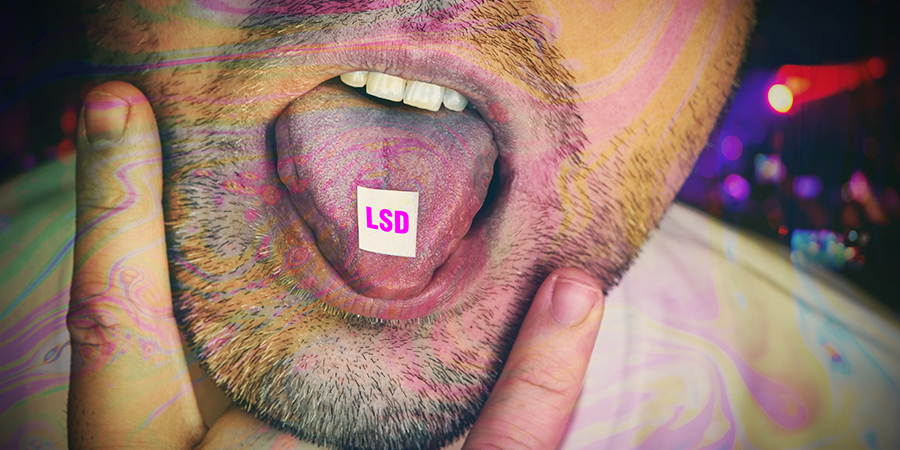
The use of psychedelics for philosophical reasons came about directly as a result of the counterculture of the 1960s and 70s. Indeed, it was largely writers of this period who gave colour to experimentation with psychedelic substances as a way to better understand the human condition through investigation of the self.
Certain thinkers, such as Dr Timothy Leary (who was also a participant in US government tests of LSD) and the writers Ken Kesey, Aldous Huxley, and Robert Hunter, popularised these drugs among more progressive parts of society. History has mixed opinions of their impacts on drug legislation, though. Leary was even hired by Huxley on the night of Kennedy’s 1960 election to popularise the use of new psychedelic drugs.
One of the best-known writers to focus on psychedelics of this period was Terence McKenna. McKenna was a philosopher, author, and scholar who dedicated his life to studying shamanism, spirituality, and ethnopharmacology.
A SCIENTIFIC PERSPECTIVE

There have been multiple waves of scientific inquiry into psychedelic drugs. The first period of intense inquiry occurred during the late-19th and early 20th centuries. Researchers have tried to interpret psychedelic experiences through a number of theories and models. However, a standard taxonomy still does not exist. Below are two leading scientific perspectives about the psychedelic brain state—or experience.
FILTRATION THEORY
Popularised and expanded upon by Aldous Huxley and Humphry Osmond in the mid-20th century, the filtration theory suggests that the brain “filters” itself automatically, and that psychedelics grant access to the entire brain—without the filters.
Modern scientific research has in fact shown evidence in support of what was originally speculation derived from subjective experience. It is thought that a region of the brain known as the default mode network may indeed filter a person's experiences. Psychedelics, it has been shown, may perhaps be able to affect this part of the brain in such a way that it can be “reset” (Hamilton et al., 2011).
HEIGHTENED CONSCIOUSNESS
Another idea popularised during this period was that a psychedelic experience allows non-specific amplification of unconscious mental processes.
One study concluded that under the influence of psychedelics, regions of the brain associated with consciousness showed greater activity. In their terms, they claimed that psychedelics “heightened consciousness” (Schartner et al., 2017).
MULTIPLE PERSPECTIVES; SIMILAR FINDINGS
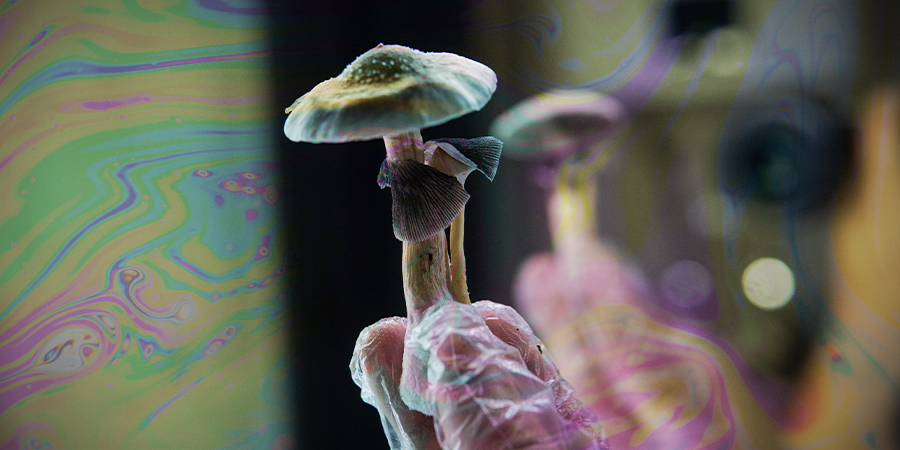
As the interest in psychedelic drugs appears to be going through somewhat of a renaissance, it is likely that there will soon be better understanding of what actually happens—on a material level—when people take such substances. Regardless, no matter which way the psychedelic experience has been explained or understood, the findings and explanations tend to boil down to the same core tenets.
Heightened connectivity, a sense of acceptance and oneness, and ego dissolution are all common phenomena, along with an overall sense of heightened consciousness.
How these experiences may be used to treat problematic conditions, like depression or PTSD, is a page we are now turning. But it may well be that the observations of those who use psychedelics for religious reasons, and those who have investigated them from a philosophical standpoint, may match up very closely with the findings of quantitative scientific research.
For all these reasons, the next decades will be fascinating to watch as humans expand their understanding of what the psychedelic experience is, what it is good for, and how to best use it to further the human experience.





